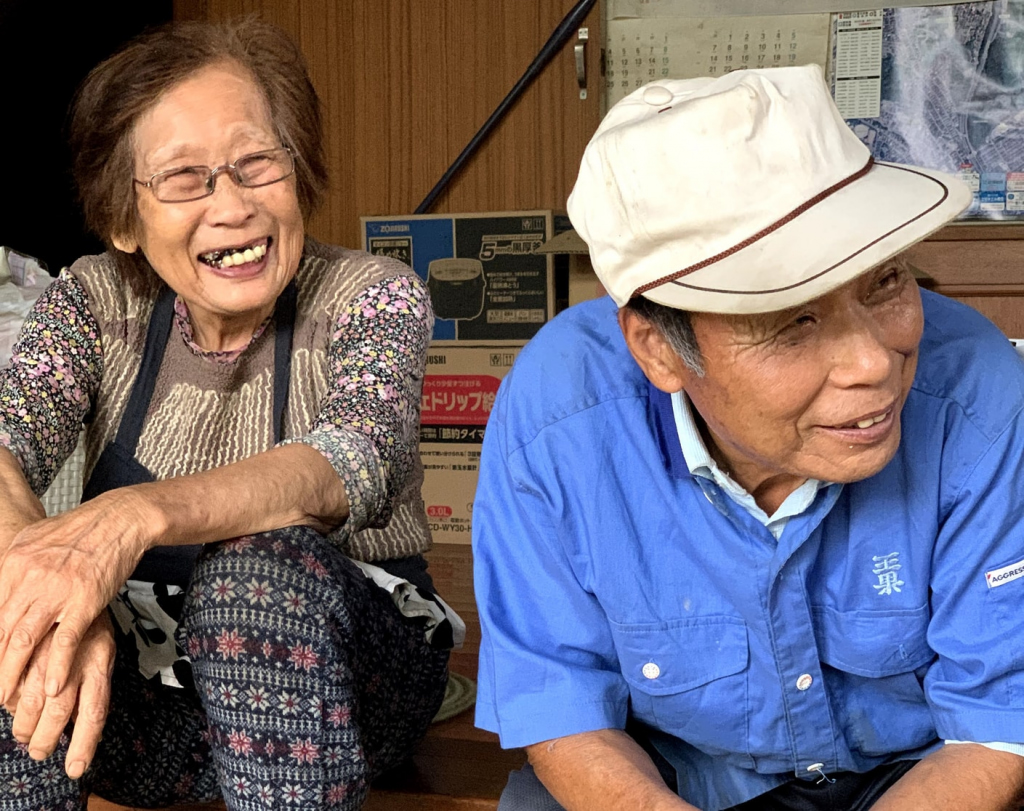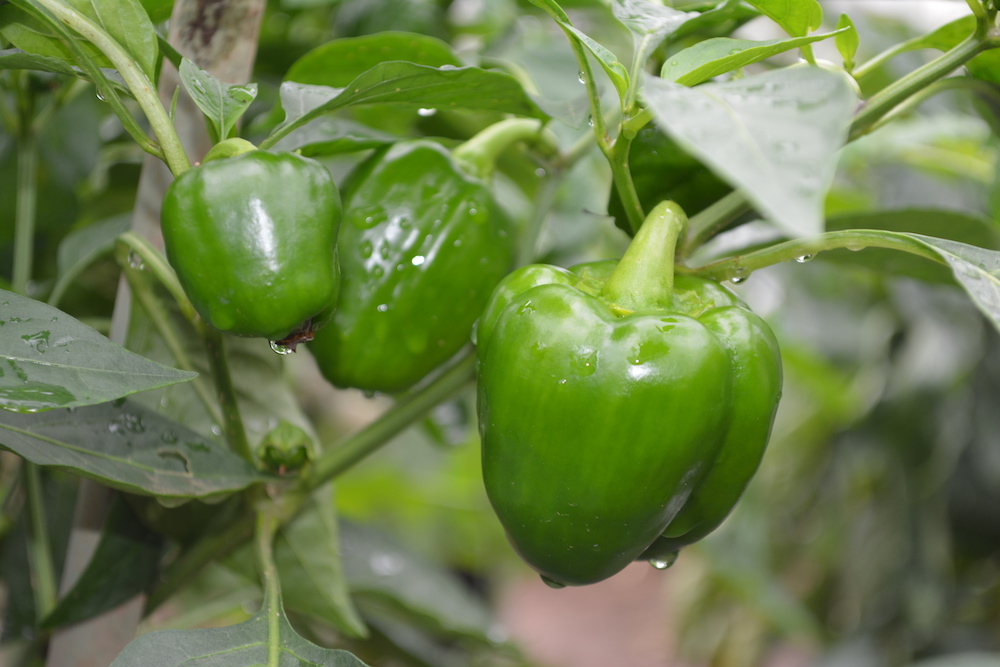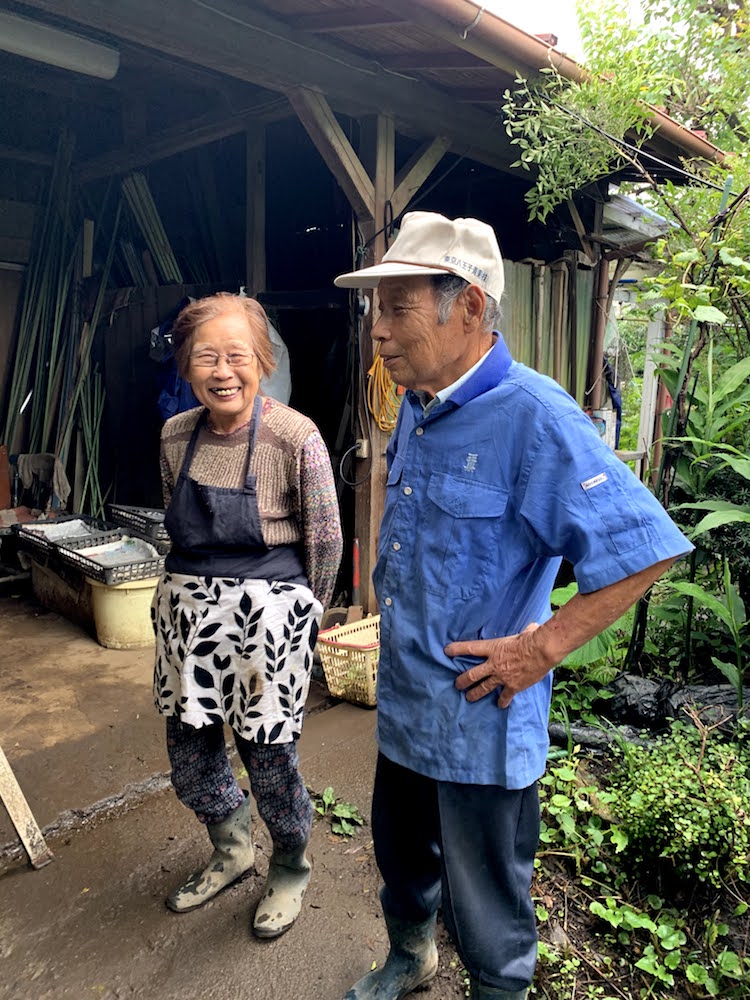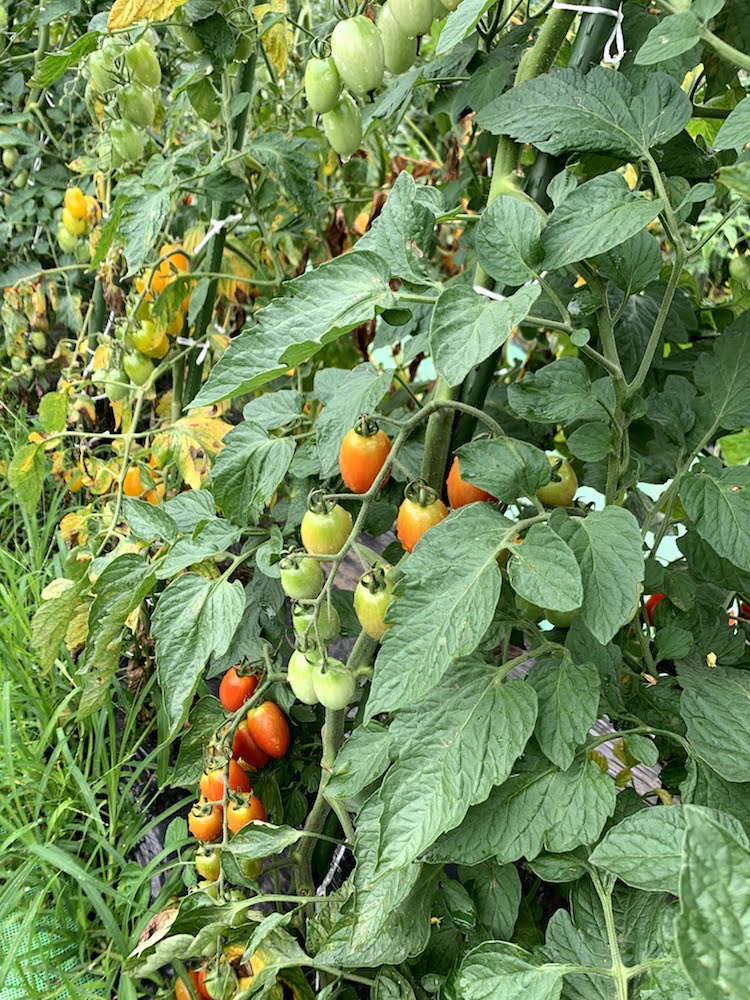In a cemetery, a nearby train hustles through breaking the silence, as Masahiko-san, lights two cigarettes, placing one on his father’s gravestone and another on his grandfather’s grave. “They both liked to smoke,” he says. “This is in their honor.”
He washes the tombs, lights incense sticks and offers a short prayer, after which we walk with Masahiko-san to his uncle and aunt’s house.
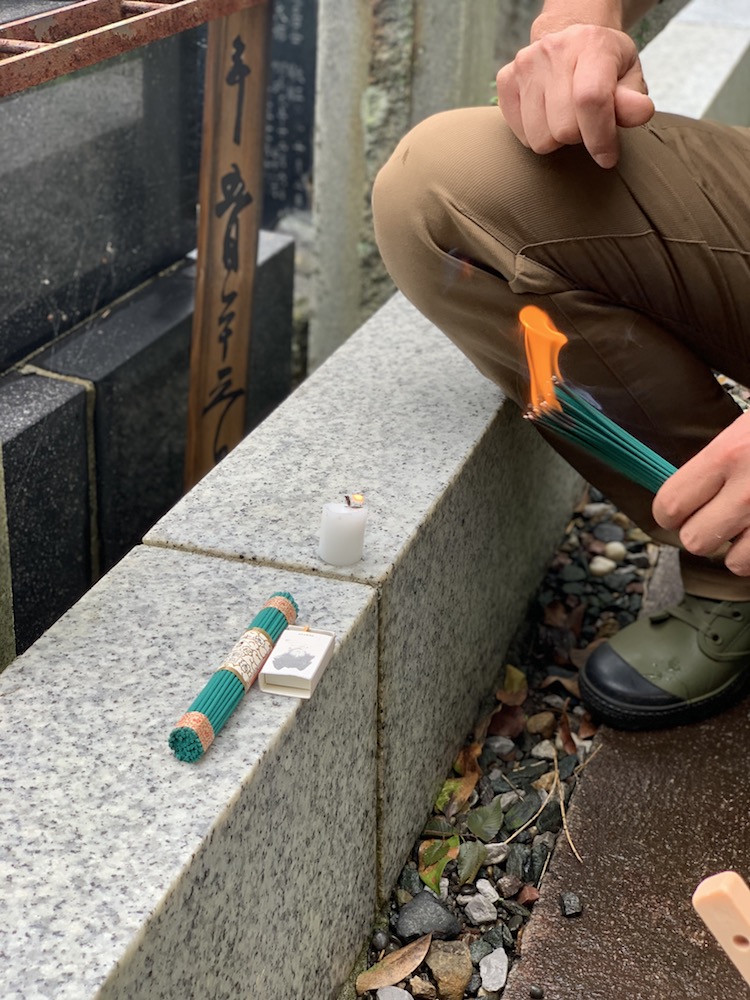
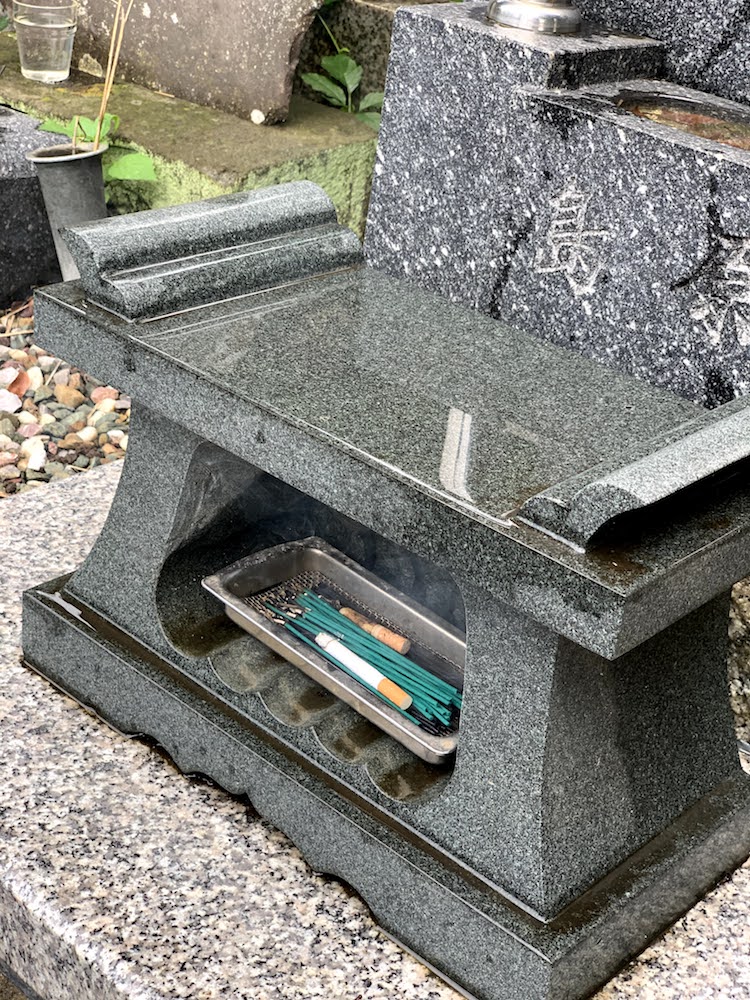
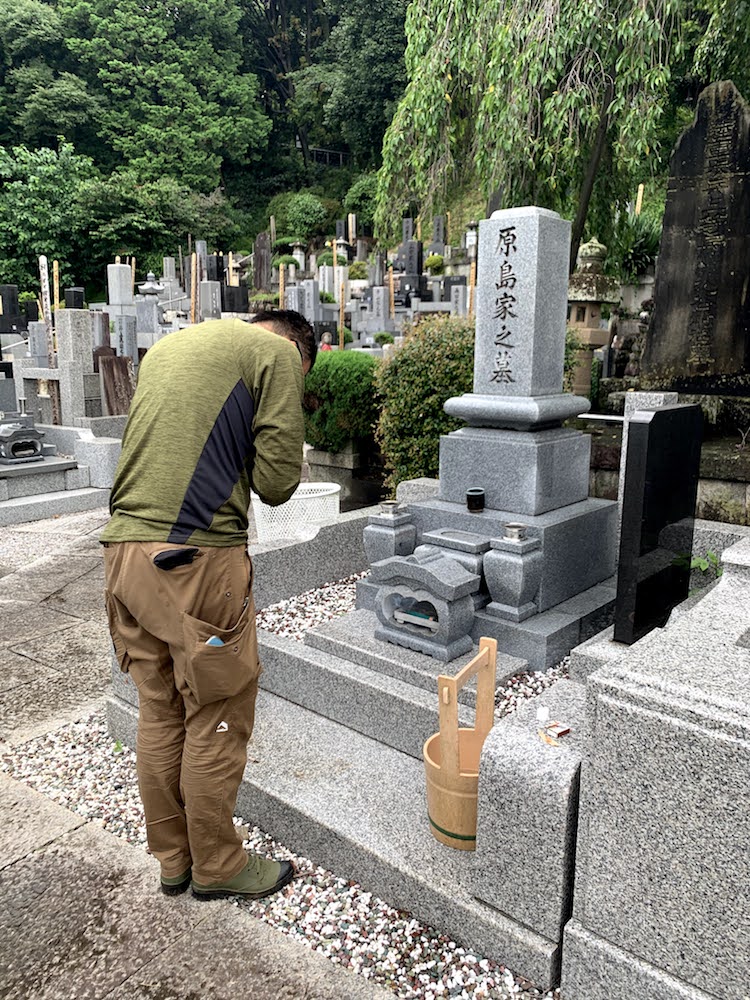
As the rain slides, frosting the shades of green, we walk through the pruned-treetops and a koi pond hid underneath the lush ferns and shrubs. The dense foliage, the rugged charm of a wood-paneled house and the gleaming zinnia – pink, orange, red – all framing the edges of a sketched garden circling a country house in the Tokyo suburb of Hachioji.
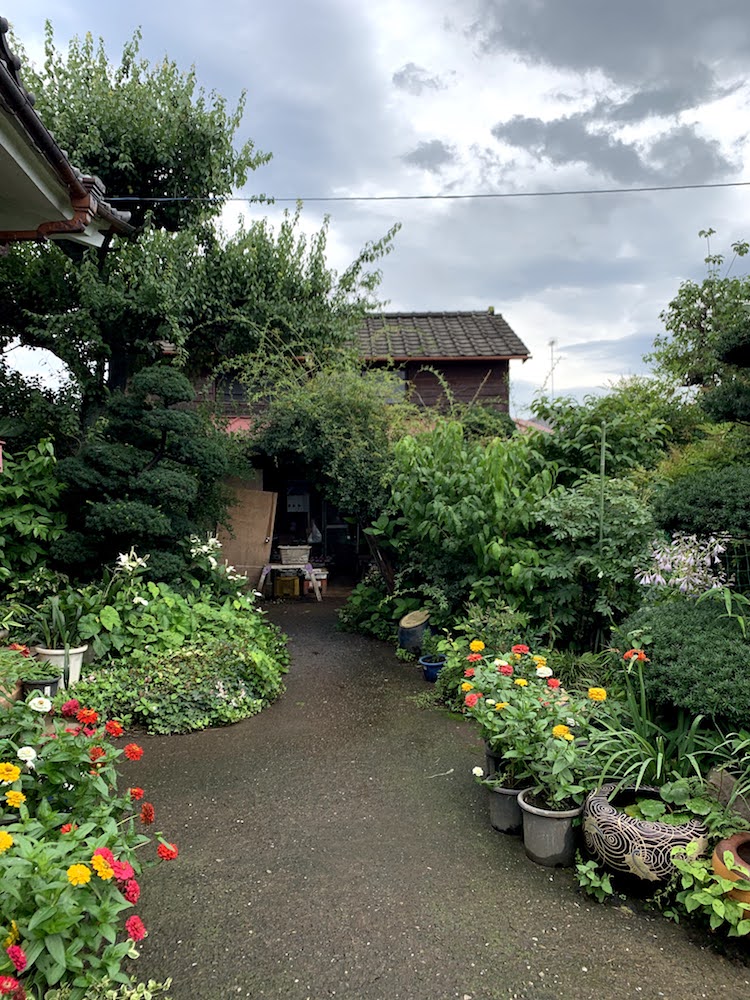
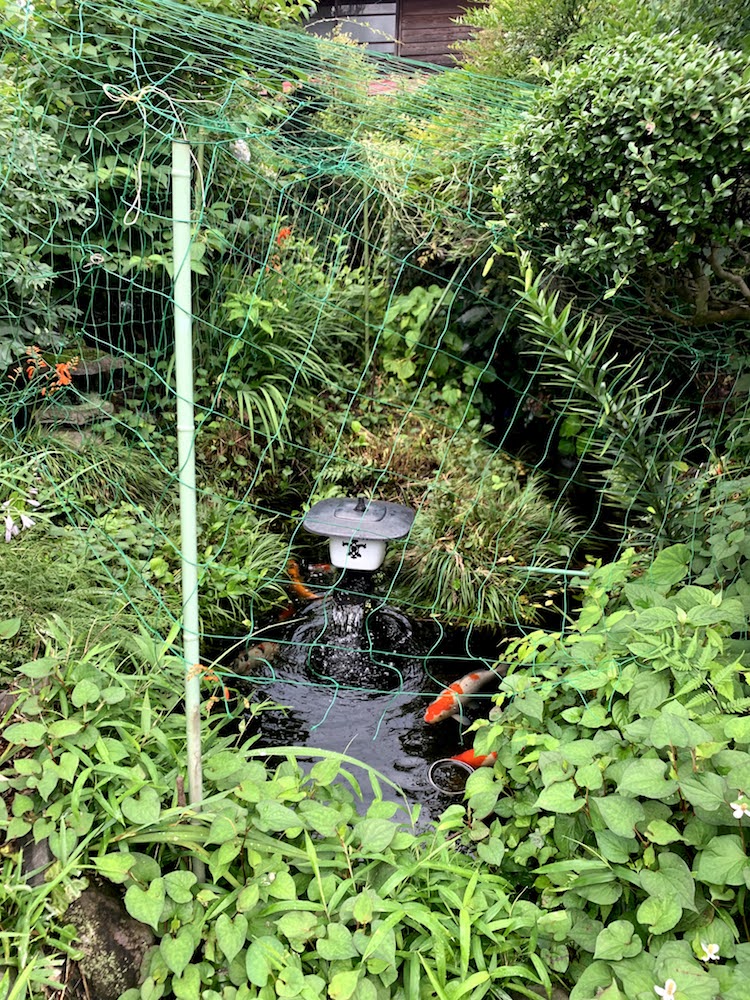
Pacing between the loud calls of cicadas and raindrops, is the slightly hunched but swift Teiko-san. She vigorously gestures us to step in, leading the way inside her house. If a house could talk, it would tell us the story of the countless generations that were born and had lived there – her husband, husband’s father, his father’s father, and her two kids – who have their kids now.
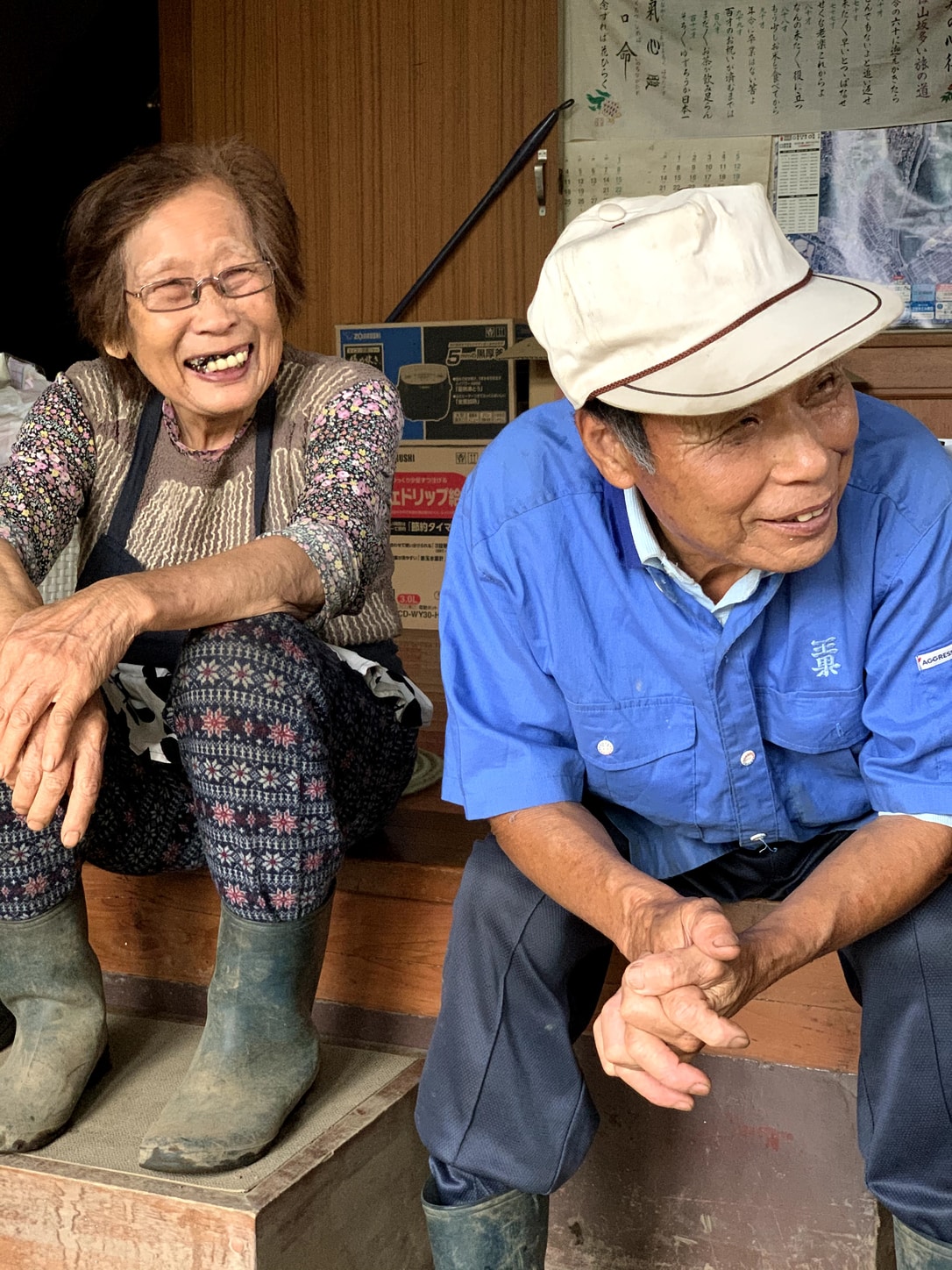
Ando-san (79) and his wife Teiko-san (76) giggle at the question exclaiming, “it seems like a hundred years and more.” A quick chat and some tallying later, Teiko-san says, “It was 1965 when we got married, and since then I have been living in this house. It is my home.”
How did you both get into farming?
Ando-san explains it hasn’t been a start from scratch for him when he took over his fathers-in-law’s farm about 20 years ago. He had previously worked at the Hachioji farmers market cooperative until his retirement, where he was prominently known for growing flowers. Teiko-san was born into a family with a sizeable farm and picked up the traits of the trade from a nascent stage.
How do you sell the farm vegetables, and is it challenging to navigate the large distribution markets?
As the rain splatter gets calmer, we make our way to the shed where the crops are packaged and sold. Teiko-san mentions the vegetables they have been growing over the years: capsicum, pumpkin, French beans, tomato, eggplant, potato, cucumber, leek, spinach, corn and sweet potato – all bundled in groups of two or three pieces each and sold at a flat rate of 100 yen.
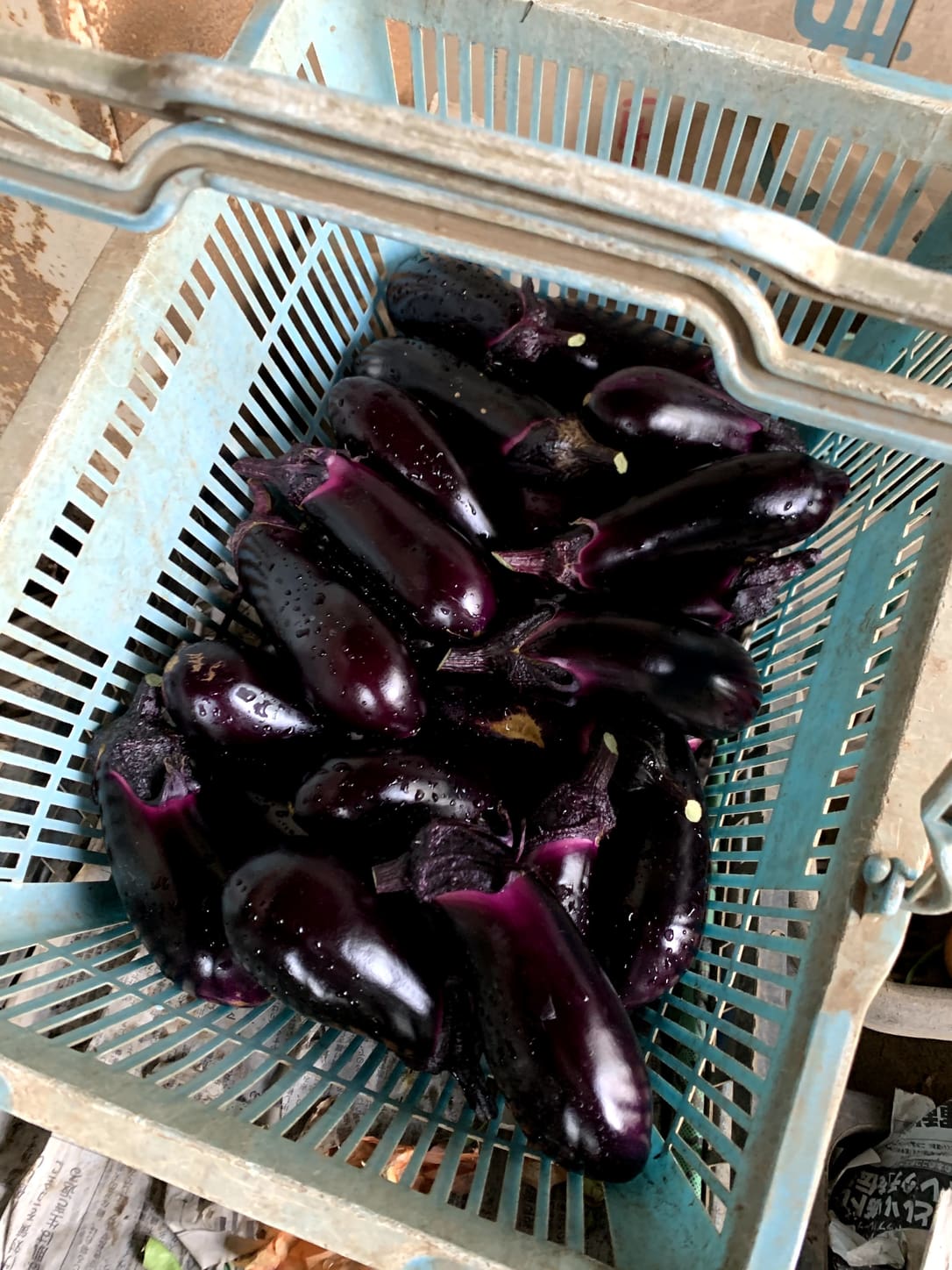
Ando-san recalls that they first started out by selling the vegetables from the curbside of their farm and eventually being able to sell the vegetables at the local farmers markets.
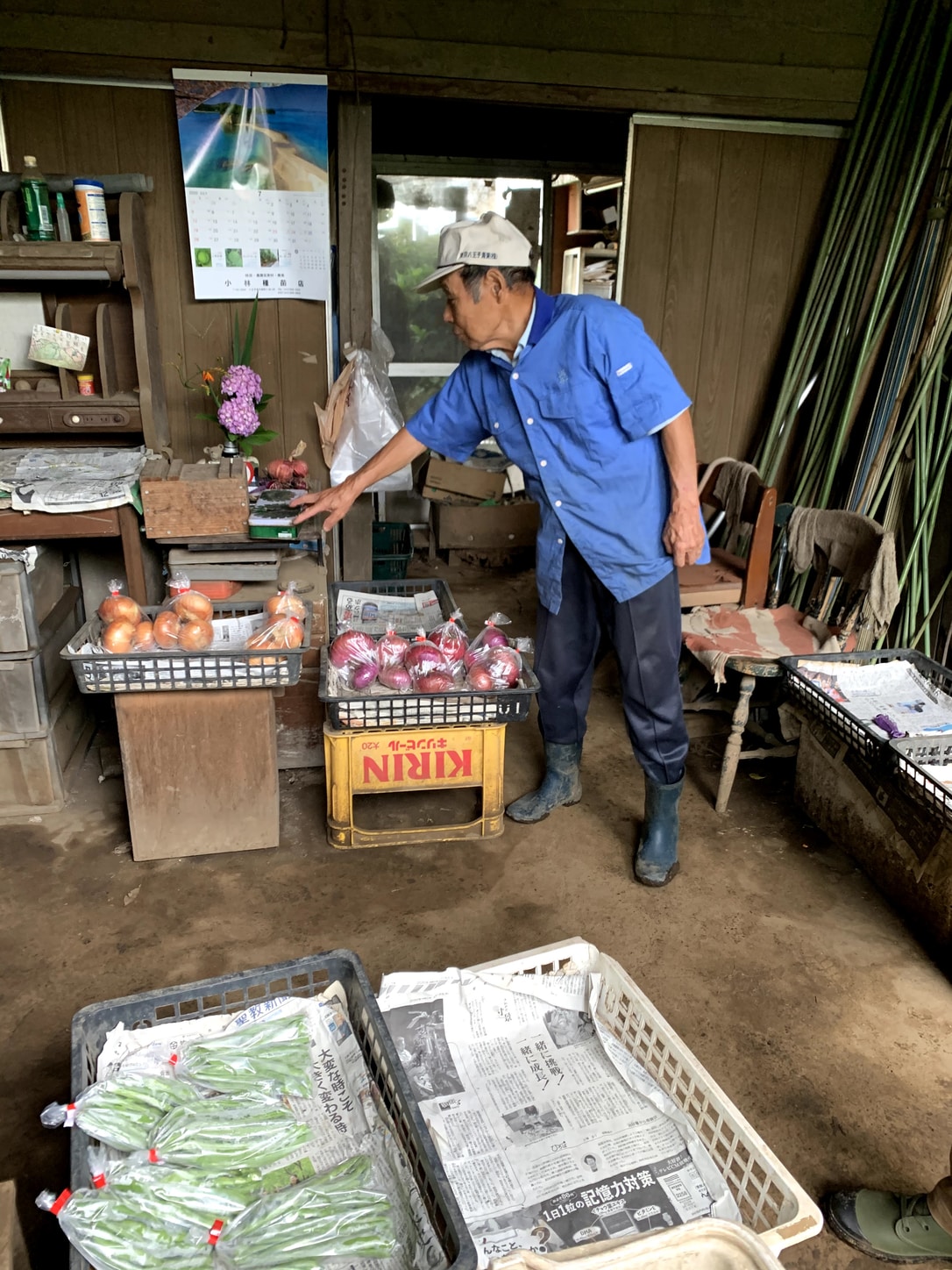
They have a shed next to their house where for a while now during the Covid-19 pandemic. they have placed vegetable packets and an aluminum tin box with a hole. Customers can walk in and pick up fresh produce packets for 100 yen and slip in coins, a hassle-free, no contact model.
Large distribution markets have been a tough riddle to crack. Ando-san recollects difficult times when they had to live off sweet potatoes for days because they couldn’t sell the yield.
As eating fresh is held at the top realm of food in Japan, what sustainable practices are being observed to ensure the same at the farm?
Knee deep in mud, a distinctively clean-shaven Ando-san explains that “the Harashima family farm has been a part of our heritage through seven generations, and sustainable farming is the only key to ensuring that the farm will be there tomorrow in a condition to produce quality.” He adds that terrace farming, crop rotation, grassed waterways and farming on the contour are a few methods they have adopted to ensure the health of the land.
How do you suggest to engage youth in agriculture?
Ando-san feels that agriculture science and field training should be embedded in school curriculums as one should be aware of how we get the food we eat. Walking through the farm, Teiko-san narrates to us a story about a time when they would have students from the nearby high school come in to learn about rice farming basics. Their nephew, Masahiko-san, was part of the same school too.
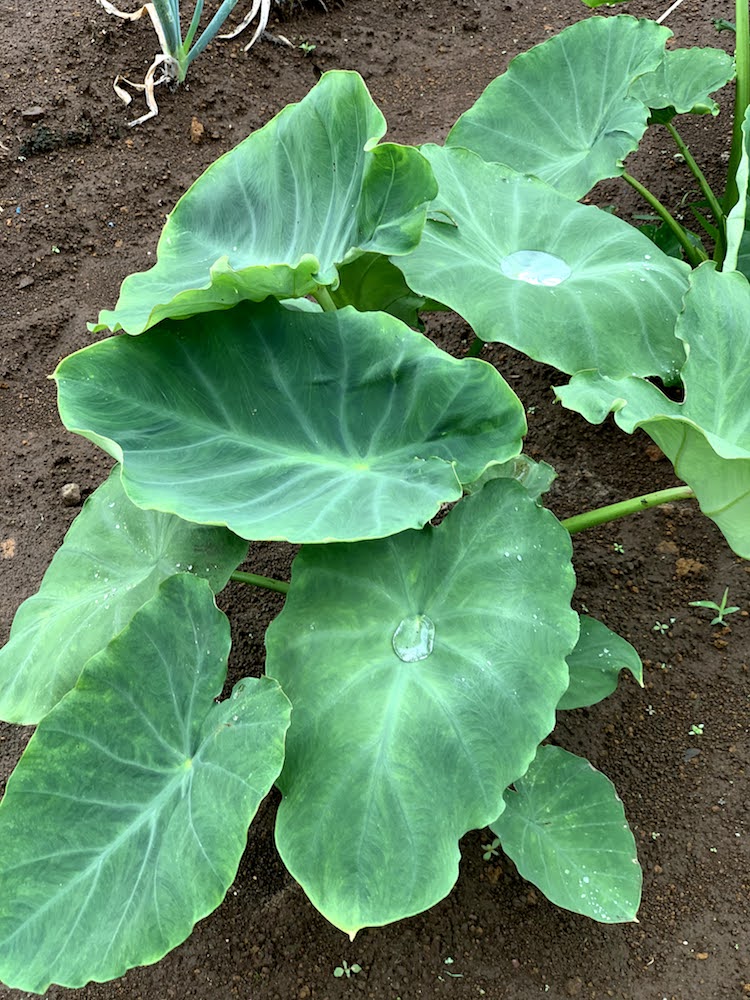
On numerous occasions during the classes, when it would start raining, kids without an umbrella would pluck satoimo leaves (leaf of a type of taro root plant which has massive leaves of waxy texture) from the farm and run back home, holding it over their heads.
Why do you continue farming even at this age? Are you planning retirement soon?
They believe family farms are the core of the agricultural community as this is how the traditional practices and cultivation knowledge can be passed down to the young farmers – hoping for their son to join them soon but with no plans of retiring themselves.
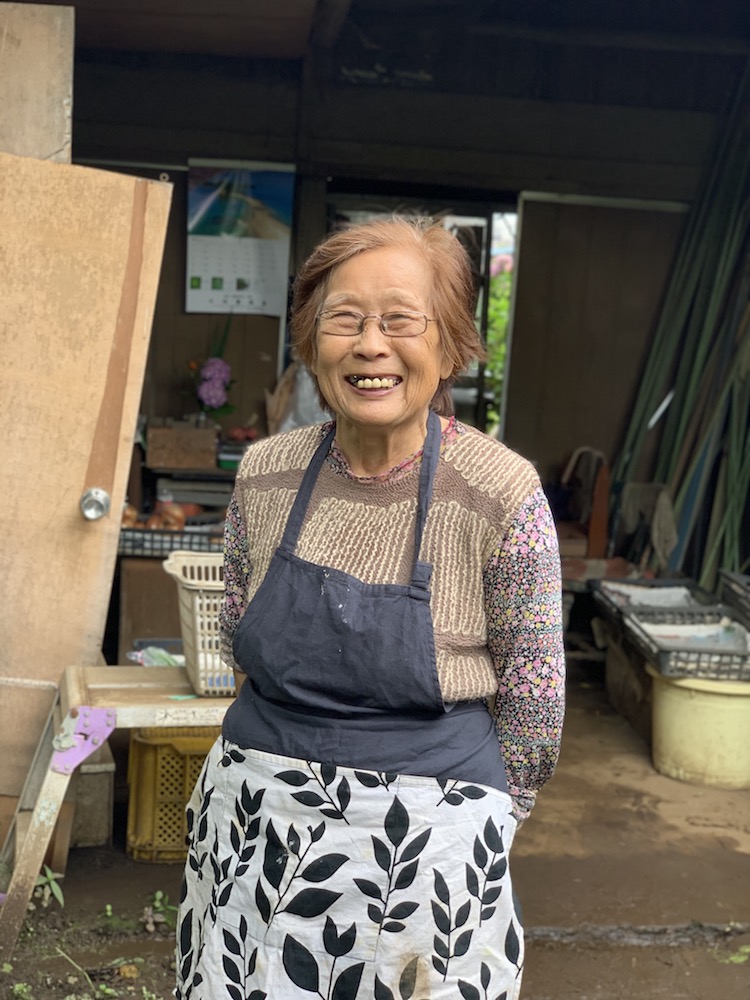
Nodding to each other, they reply, “We plan to work as long as we can.” Being further visible to share their passion for farming and understand the promise it holds in equal measure but probably value it even more.
“There will always be the haves and the have-nots,” says Ando-san. “But for us it’s a privilege and honor to be taking care of our ancestral farm and [holding] a responsibility towards everyone that eats.”
Updated On June 10, 2021

